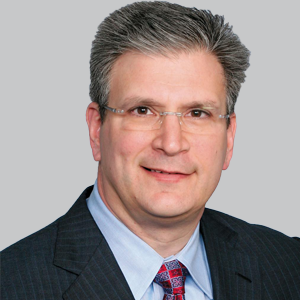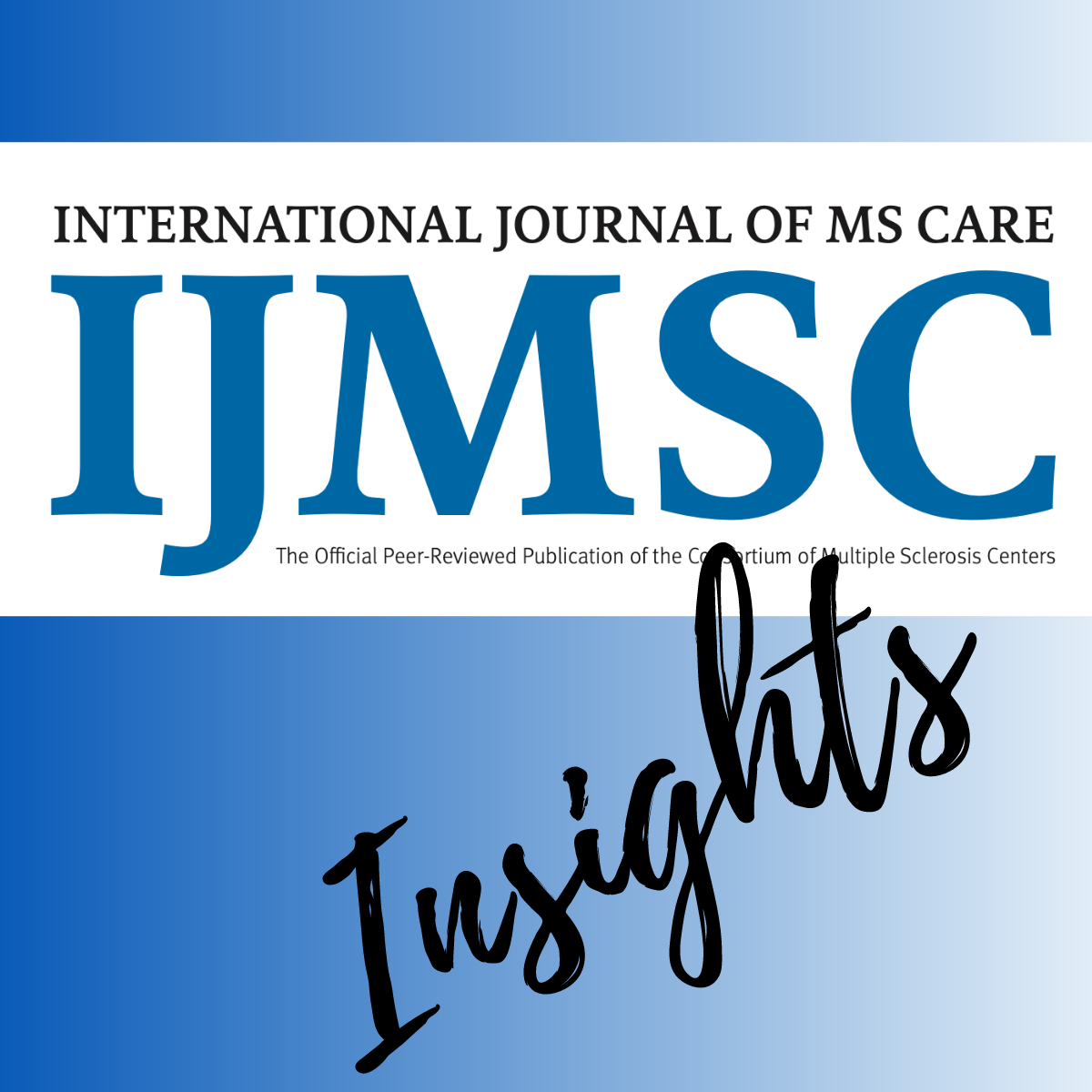Commentary
Article
NeuroVoices: John Brandsema, MD, on Updates in Gene Therapy at MDA 2025
Author(s):
The pediatric neurologist provided a clinical overview of the advances and roadblocks of gene therapy in neuromuscular disorders, which will be highlighted at the 2025 MDA Clinical & Scientific Conference.
John Brandsema, MD

Gene therapy has undergone remarkable advancements over the past decade, particularly in the neuromuscular field. The approval of onasemnogene abeparvovec (Zolgensma; Novartis) in 2019 marked a major milestone in neuromuscular gene therapy, becoming the first approved genetic-based treatment for patients with spinal muscular atrophy. In 2023, the FDA gave way to SRP-9001 (Elevidys; Sarepta) as the first approved gene therapy for Duchenne muscular dystrophy (DMD), targeting boys aged 4-5. Early intervention, with expanded access to newborn screening, has opened the door for transformative outcomes, such as improved motor milestones and prolonged survival.
Over the years, the field has attempted to tackle significant ethical challenges with gene therapy, including ensuring equitable access, understanding the long-term effects of a “permanent” treatment, and managing patient expectations. In addition, collaborative efforts between neuromuscular specialists, geneticists, immunologists, and regulatory agencies have streamlined the development and delivery of these therapies. At the upcoming Muscular Dystrophy Association (MDA) Clinical & Scientific Conference, held March 16-19 in Dallas, Texas, neuromuscular expert John Brandsema, MD, will chair a session on updates in gene therapy, with other experts such as Susan Matesanz, MD; Diana Bharucha-Goebel, MD; and Emma Ciafaloni, MD, FAAN, alongside him.
As part of a new iteration of NeuroVoices, Brandsema sat down to discuss the session and the evolving landscape of gene therapy in neuromuscular disorders. Brandsema, a pediatric neurologist at Children’s Hospital of Philadelphia, highlighted how gene therapy has transitioned from a conceptual breakthrough to a practical treatment, addressing the challenges and considerations for its implementation. Topics included optimizing the manufacturing process for precision, identifying the right candidates for therapy, managing adverse events, and addressing the complexities of delivering treatment safely and effectively. The session underscored the need for interdisciplinary collaboration, real-world data, and a nuanced understanding of both pediatric and adult patient needs to advance the field further.
NeurologyLive: For our audience of neurologists, what should they expect from this track?
John Brandsema, MD: Gene therapy has certainly been one of the frontiers in the neuromuscular space over the past few years. While we've previously had sessions on the nuts and bolts of assembling a gene therapy team and safely delivering treatment, this track is meant to consolidate the experiences we've had so far and explore the future of these treatments.
The first part of the session will focus on trends in gene therapy across various diseases and specialties. Then, we’ll transition to discussing a world where more than one gene therapy might be available for the same disorder—exploring how patients and providers navigate such options. There’s also a section for adult-focused providers addressing the differences between undergoing gene therapy as a child versus as an adult.
Some adult-focused neuromuscular specialists might feel that gene therapy isn't yet relevant to their area of specialization, and while that might currently be true, it’s certainly coming. This makes it important to learn from disorders with both pediatric and adult phases or diseases like Duchenne muscular dystrophy, where pediatric-focused patients grow into adulthood and still want access to treatment. Overall, I think this session will provide valuable insights into where the field is heading.
How would you evaluate the delivery of gene therapies right now? Are we getting better at optimizing their administration?
That's a layered question I could talk about for a long time! The first aspect is manufacturing—ensuring that what we administer is as pure and targeted as possible. We aim to improve the intended tissue while minimizing toxicity to other organs, like the liver or heart, and there are many ongoing efforts to optimize this.
Another key factor is identifying good candidates for treatment. Can we predict who might be at risk of adverse events? For instance, with Duchenne muscular dystrophy, certain exons were linked to issues with myositis, so we excluded individuals with those changes from clinical treatments.
We also need to refine the use of medications that support the gene therapy process. Steroids are almost universally given, but could certain immune modulators be helpful in specific cases? Should they be used routinely for some pre-screening profiles or reserved for special cases? Additionally, when adverse events occur—though rare—they can be severe or even fatal. It’s crucial to improve how we respond to these events while preserving the efficacy of the transgene and minimizing organ toxicity.
Are there aspects of gene therapy we still struggle to understand?
Yes, absolutely. For one, determining the right candidate for treatment remains challenging. Combination treatments are another area of active inquiry. We’re fortunate to have multiple targeted treatments for some diseases now, but this introduces questions about sequencing interventions and timing.
For diseases where supportive care is currently the only option, gene therapy represents a transformative step forward. However, we still lack guidance on how to approach early identification and treatment. Take spinal muscular atrophy (SMA), for example. Early treatment and combination therapies have led to astounding outcomes—though not curative, they’re a success story. In Duchenne muscular dystrophy, pilot programs for newborn screening are already underway. If universal newborn screening is implemented, we’ll face new questions: Should we start steroids early? Exon skipping? Gene therapy? And if so, when is the optimal time to intervene? These are complex questions we’re still working to answer.
At the other end of the spectrum, the patients we treat in the real world often differ significantly from trial participants. For example, older patients with Duchenne muscular dystrophy, who have less muscle mass and more fibrotic tissue, may require different approaches. Can they safely receive the same dose of gene therapy, and what kind of efficacy should we expect? These are all conversations we need to address with real-world data instead of just guessing, as it often feels we’re doing now.
As we uncover more about the genetic underpinnings of these disorders, does that complicate treatment personalization? Or is this a “good problem” to have?
I like this question because it’s a bit off the beaten track. It really resonates with the concept of accurate diagnosis. Patients need to know whether they have a genetic disorder and, if so, which specific gene is mutated. Not all genetic disorders benefit from gene transfer. Some may require gene editing or RNA-based approaches, while others might not be targetable at all.
This is an issue we’ve encountered repeatedly as gene therapies become available. For example, we’ve had to redo genetic testing for patients whose initial diagnoses were made decades ago. Many have been mislabeled—for instance, identified as having SMA or Duchenne muscular dystrophy when they actually have a different disorder like LGMD (limb-girdle muscular dystrophy). This can be particularly impactful for patients who’ve built their identity around a specific diagnosis.
Beyond diagnosis, we also need to determine whether a patient is at a stage of their disease where treatment will be meaningful. This requires robust natural history data, which we often lack for very rare disorders. Even when we do have data, gene therapy is a permanent intervention—akin to an organ transplant in some ways. Once it’s administered, it cannot be undone. This adds ethical complexity and demands a clear understanding of risks and realistic expectations.
Collaboration is also essential. For many disorders, we’ve long worked with cardiologists and pulmonologists, but gene therapy has brought new specialists into the fold, like liver specialists and immunologists. Working together, we’re learning how to deliver these treatments in the safest and most effective way for as many people as possible.
Transcript was edited for clarity.




